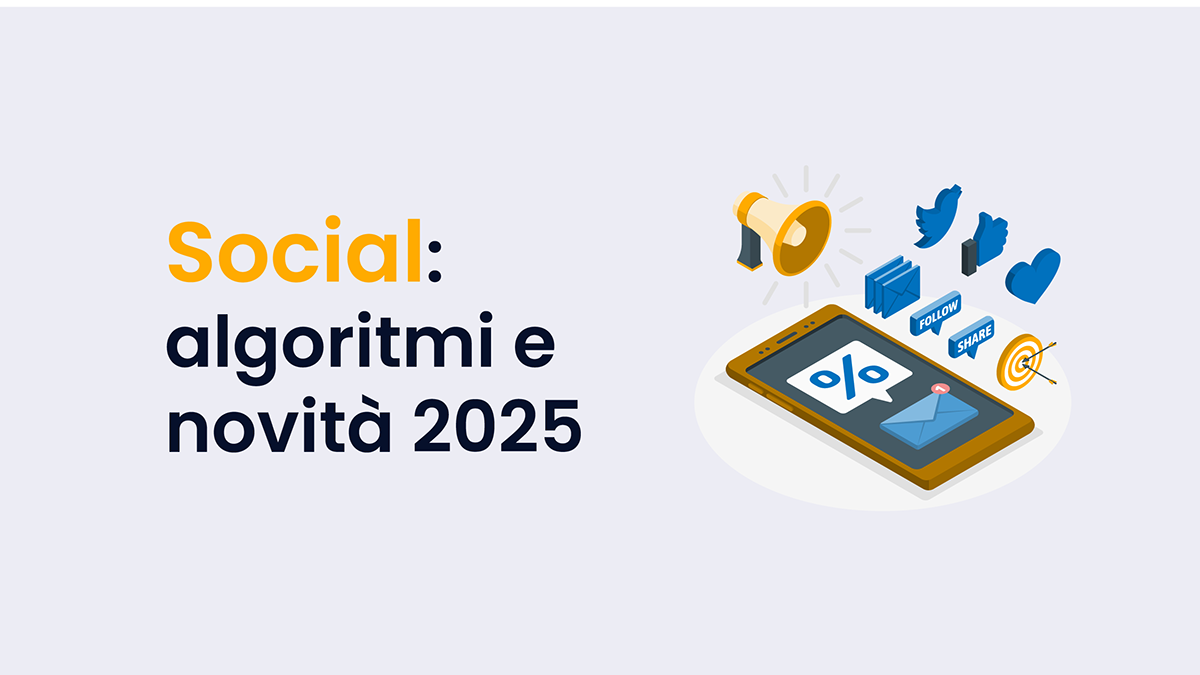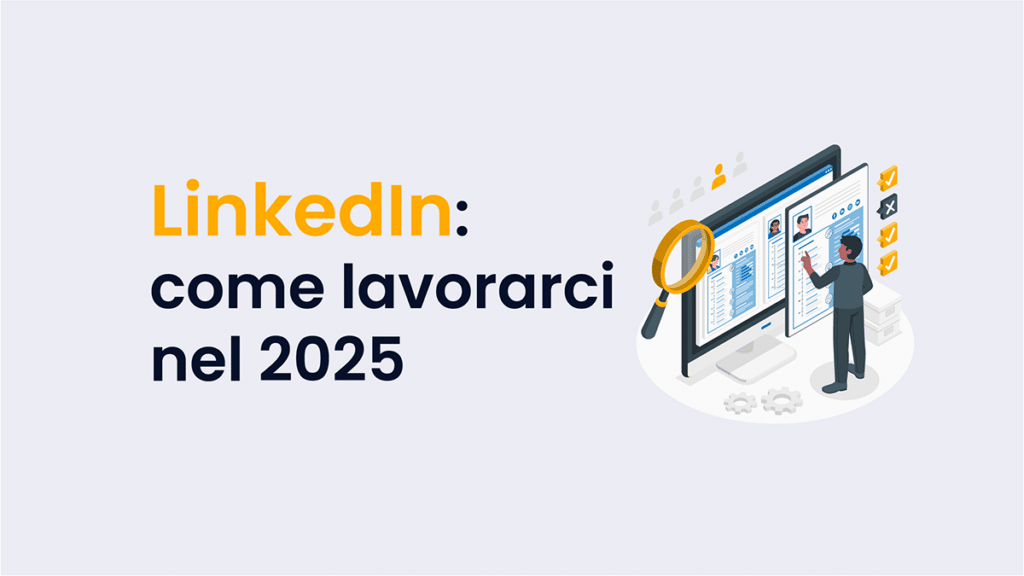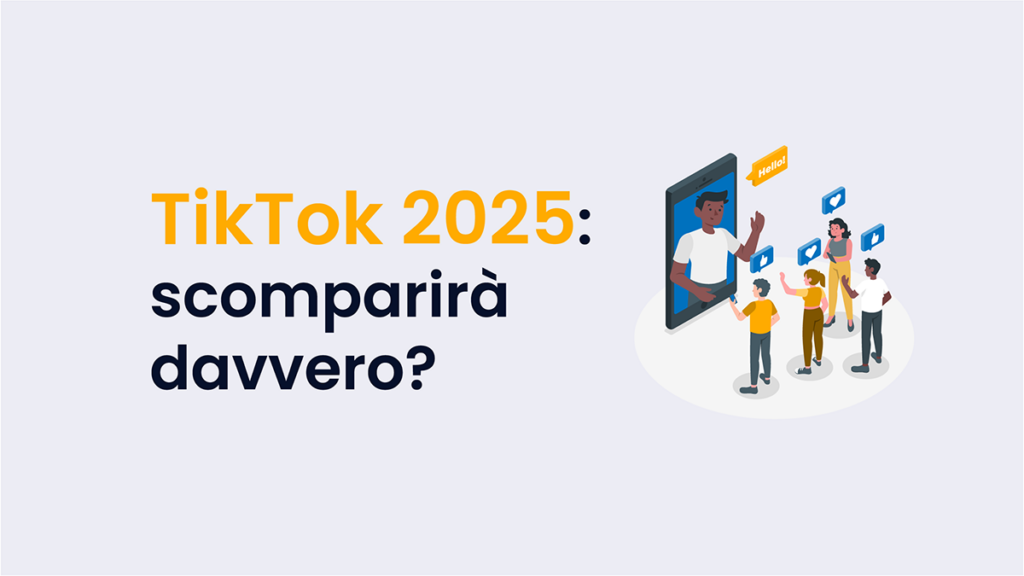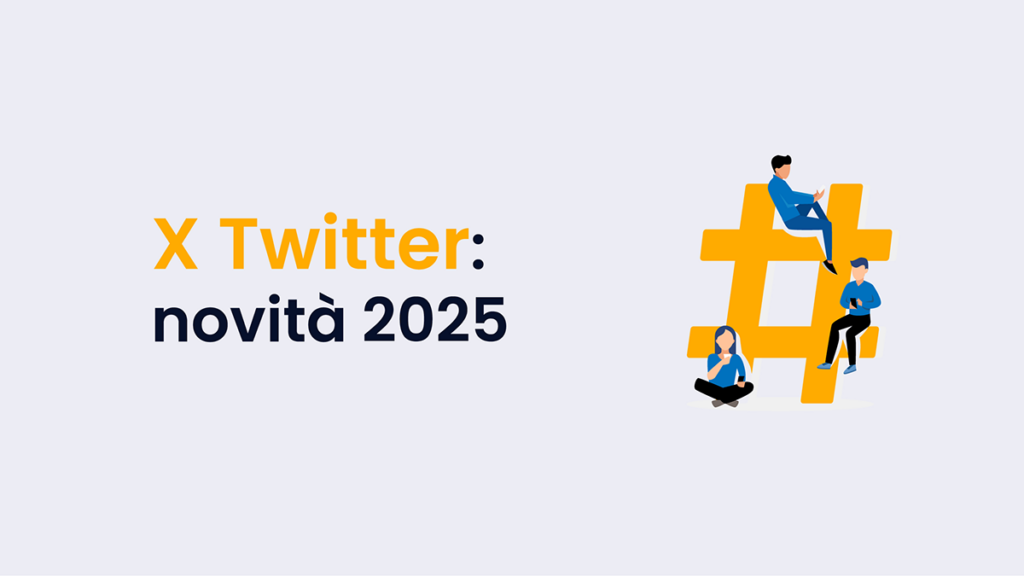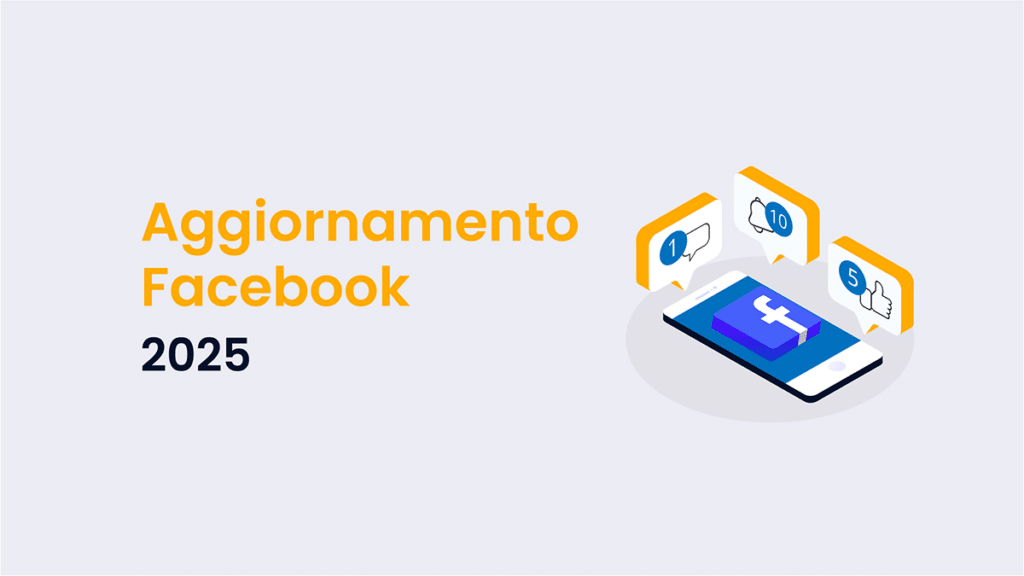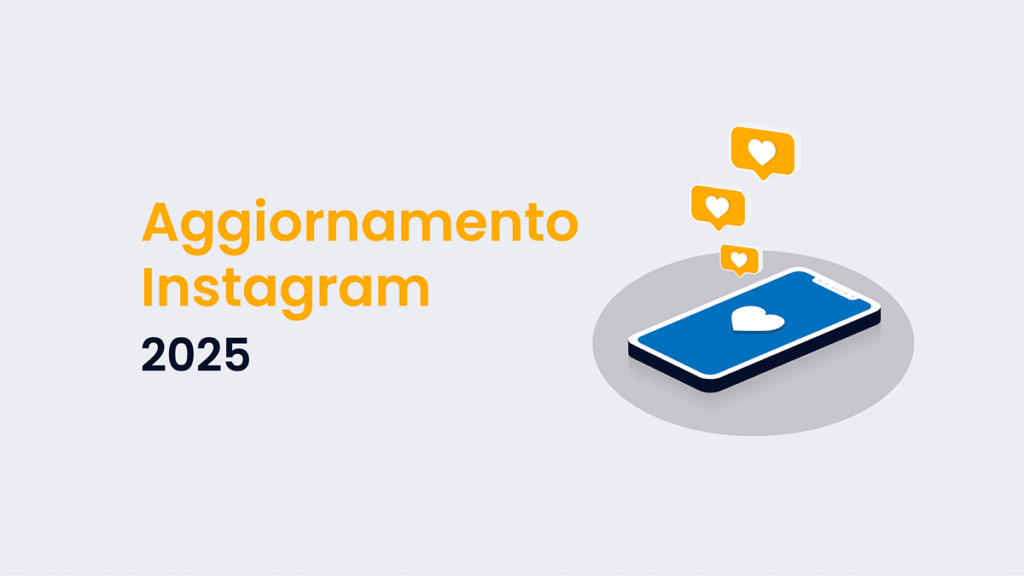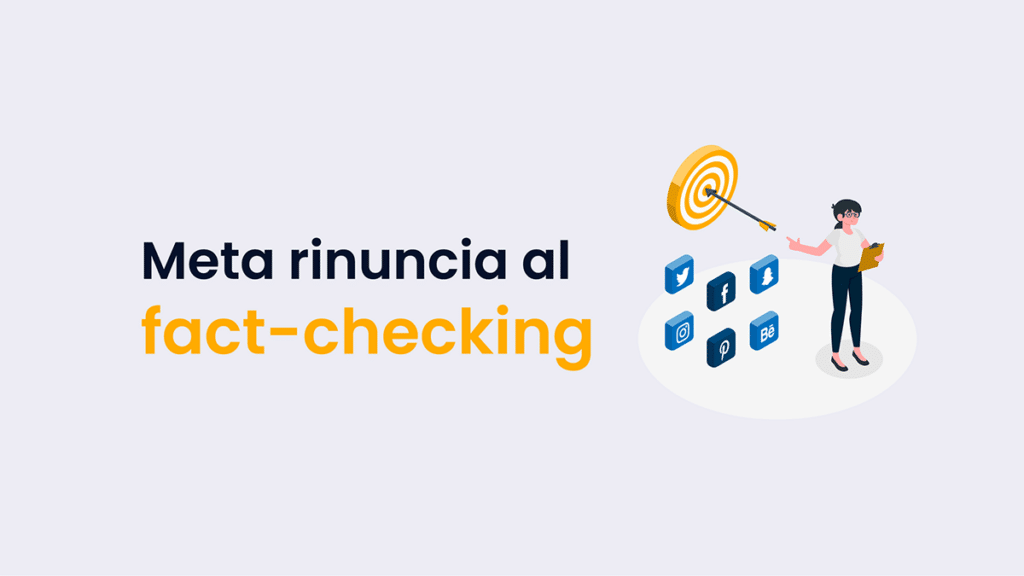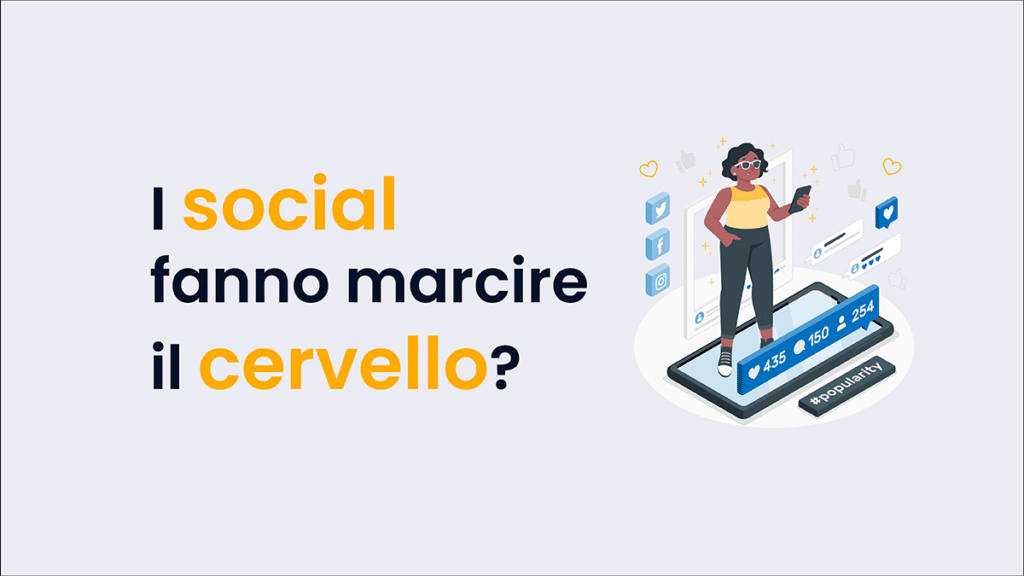Oggi adattarsi all’algoritmo di ogni social per elaborare strategie e azioni di marketing è una pratica così diffusa da sembrare scontata.
Ma, se ci pensiamo bene, fino ai primi 2000 i social erano semplicissime piattaforme di condivisione, completamente in mano all’iniziativa (anche ingenua) degli utenti: sostanzialmente un’evoluzione delle chat in chiave più visiva. Su Instagram si postavano soltanto le proprie foto e su Facebook si cercavano i vecchi amici del liceo.
Poi essendo di fatto vetrine, ci è voluto poco prima che diventassero potenti strumenti di marketing digitale, di informazione e per la creazione di community. Un mezzo di comunicazione che è riuscito in pochissimi anni a condizionare la cultura di massa, i mezzi di informazione, le forme di narrazione pubblicitaria e il modo di fare business in tutto il mondo.
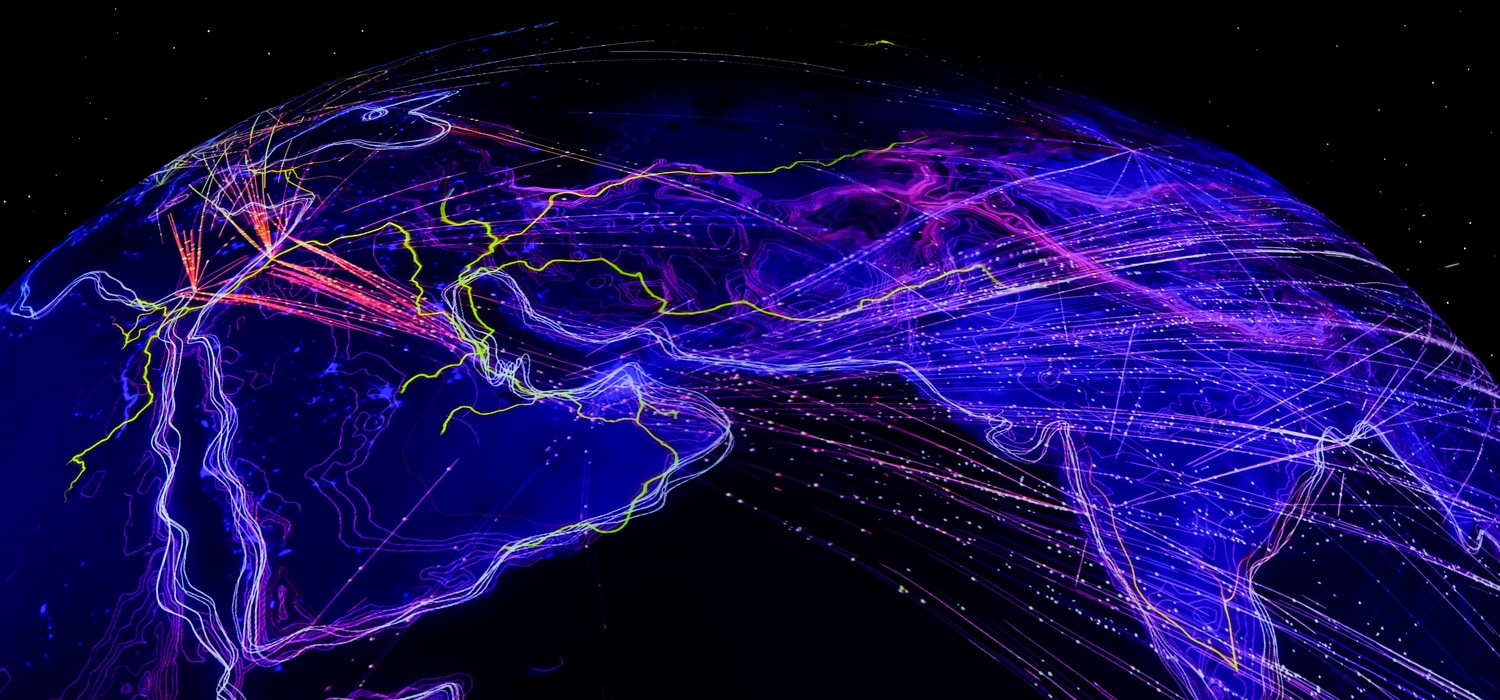
Praticamente qualsiasi attività e istituzione prima o poi migra su una pagina social. E spesso ne vede benefici diretti.
Intanto negli anni sono stati raccolti dati tecnici e personali, in maniere sempre più variegate ed elaborate. Dati che servono a interpretare le risposte delle persone agli strumenti, ai contenuti, e quindi a consigliarli. Così si sono strutturati via via algoritmi. Algoritmi dinamici che proprio adesso con l’ascesa dell’intelligenza artificiale cercano di riprodurre la percezione delle persone e di integrarsi alle interazioni mettendo in discussione il concetto di autenticità.
Indice dei contenuti
Come cambia l’algoritmo dei social Meta
L’algoritmo dei social di Meta nel 2025 dà ancora maggiore priorità a contenuti che generano discussioni significative. Quindi, come e più di prima, l’interazione degli utenti è determinante. Non basta ottenere like veloci e avere tanti followers che non interagiscono. Allora commenti lunghi, condivisioni in direct e risposte alle Storie di Instagram fanno schizzare il ranking di una pagina più del numero dei followers.
Questo ovviamente rischia spessissimo di appiattire i contenuti. Infatti molte pagine cedono alle tentazioni offerte dal clickbait.
Ma allo stesso tempo crescono funzionalità che permettono di creare contenuti di qualità.
Quindi si può provare a cavalcare l’algoritmo dei social di Meta senza innescare discussioni sterili e senza far marcire il cervello dei tuoi utenti dandogli in pasto mangime digitale di facile e passiva fruizione.
Le nuove funzioni di Instagram e Facebook
L’algoritmo dei social di Meta spesso favorisce contenuti dubbi. Allo stesso tempo però, le stesse piattaforme, forniscono nuovi strumenti e hanno migliorato quelli già esistenti per la creazione di narrazioni consistenti:
- I Reels di Instagram si possono modificare con strumenti di editing avanzati e tracce audio multiple.
- La nuova funzionalità Movie Gen consente di creare video tramite IA.
- Si possono reimpostare le raccomandazioni dell’algoritmo per personalizzare il feed.
- I caroselli sono espansi fino a 20 immagini e video.
- Le Storie in Evidenza si possono riorganizzare in sezioni dedicate.
- Esistono i Gemelli digitali degli influencer.
- Nascono le sezioni Local ed Explora di Facebook, che aiutano a raggiungere comunità locali e interessi specifici.
Quindi questi social da una parte ci incoraggiano a raccontare con costanza e con un grado maggiore di espressione e dettaglio. L’importante è stimolare interazioni e reazioni. Il problema è che la stessa rilevanza viene data anche agli avatar AI.
Unitamente all’introduzione dei gemelli digitali la situazione rischia di preoccupare. Sulla carta la volontà sembra essere quella di usare l’intelligenza artificiale come supporto. Ma il rischio che le persone non riescano a distinguere la differenza è alto e va tenuto seriamente da conto.
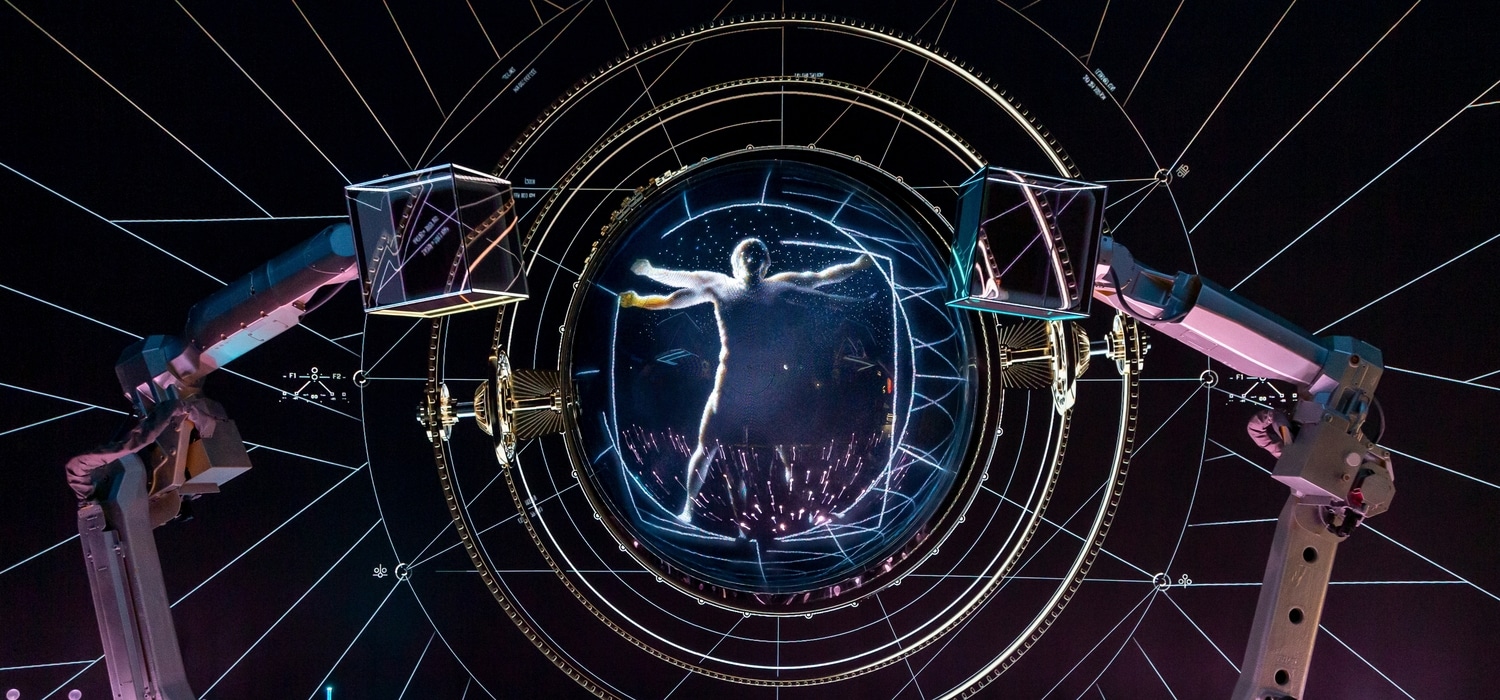
L’algoritmo di TikTok favorisce più la qualità tecnica dei video
TikTok continua sempre a premiare contenuti che catturano l’attenzione nei primi tre secondi. Tuttavia sembra che l’algoritmo di questo social apparentemente superficiale, favorisca più di altri la qualità tecnica dei video. Si possono generare contenuti di valore e vederli premiati, a patto che si riesca a usare l’impatto, l’immediatezza e cavalcare la tendenza.
Quindi anche qui la scelta sta a noi: possiamo decidere di scadere nel trash o di essere creativi, aiutandoci anche col supporto di strumenti AI.
LinkedIn favorisce le interazioni e introduce i video brevi
In effetti LinkedIn è più semplice di altri social. L’obiettivo chiaro è incentivare discussioni utili tra professionisti. E il suo algoritmo così funziona, dando priorità:
- ai post che offrono insight pratici,
- a consigli di carriera o conoscenze di settore,
- a commenti approfonditi e condivisioni accompagnate da opinioni personali.
Oggi LinkedIn però introduce pure video brevi e integra strumenti di intelligenza artificiale che suggeriscono post efficaci e analisi dettagliate delle performance. Queste novità nel tempo come cambieranno l’algoritmo del social?
Il veterano YouTube evolve gli Shorts ma continua a premiare contenuti lunghi
Anche se YouTube non è nato come social, ma lo è diventato appena ha introdotto i commenti e la creazione di profili sempre più personalizzabili. Oggi continua a evolversi. L’algoritmo di YouTube oggi premia contenuti che mantengono un elevato tempo di visualizzazione e generano commenti e condivisioni. I video educativi e di approfondimento ricevono un’attenzione speciale, valorizzando creator che offrono contenuti di qualità.
In questo senso fa da contraltare all’accorciamento dei contenuti sui social. Parallelamente però continua a sviluppare la fruizione degli Shorts. Infatti sta testando nell’applicazione per Android una nuova funzione rappresentata dal tasto “Riproduci Qualcosa”, che permette di fare zapping.
Ovviamente pure YouTube integra l’AI. Infatti ha da poco introdotto la funzionalità Dream Track, che consente di rielaborare brani musicali o creare collaborazioni con voci sintetizzate.
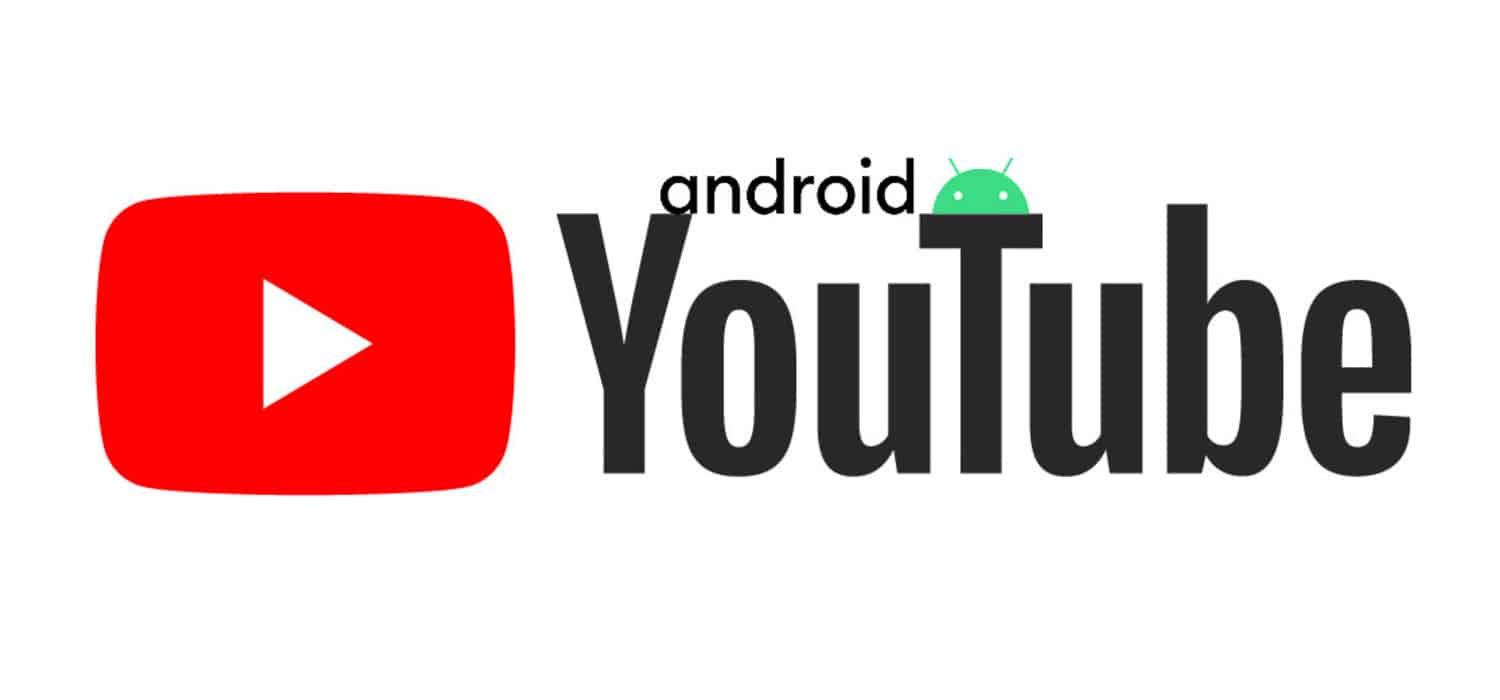
L’algoritmo del social X favorisce l’esperienza dell’utente e le conversioni
X, l’ex Twitter voluto da Elon Musk, combina social networking, e-commerce e servizi finanziari. L’algoritmo favorisce l’ottimizzazione dell’UX, privilegiando contenuti e modalità che stimolano interazioni significative ma soprattutto conversioni dirette, quindi:
- sondaggi avanzati,
- acquisti diretti,
- integrazioni con portafogli digitali.
X anche integra l’AI, ma lo fa principalmente con strumenti di analisi.
Strategie, obiettivi e prospettive
Gli algoritmi dei social, inclusi gli strumenti di AI integrati, vanno chiaramente in direzione della personalizzazione, della costanza di pubblicazione, dell’interazione degli utenti e quindi della creazione di una community. Questi fattori importeranno sempre nel mercato dei social.
In quest’ottica quindi abbiamo una direzione generale, dalla quale possiamo elaborare strategie. Nella specifico bisogna fare compromessi con il linguaggio di ogni social e adattarsi al suo algoritmo. Ma, allo stesso tempo, come in ogni mercato si possono fare proposte che lo condizionano.
In fondo gli algoritmi dei social, anche se direzionano di più gli utenti rispetto agli algoritmi dei motori di ricerca, come loro sono molto influenzati dalle risposte degli utenti: se un suggerimento viene segnalato, l’algoritmo non lo proporrà più e cambierà direzione; se un contenuto è spam o di poco valore, magari può avere un picco di visibilità per le critiche nei commenti, ma non porta nulla di concreto alla pagina nel tempo (a meno che non ci si consacri volontariamente al trash). Quindi vale ancora la pena lavorare di qualità e costanza, perché fanno crescere gradualmente e stabilmente.
Tuttavia l’integrazione massiva dell’intelligenza artificiale, il rinforzamento delle monarchie digitali e l’esclusione del factchecking da Facebook stanno già cambiando in maniera radicale le carte in tavola: cosa succederà? Come cambieranno le interazioni? Il concetto stesso di autenticità delle interazioni come e quanto verrà messo in discussione? E quanto verrà distorta la verità?
